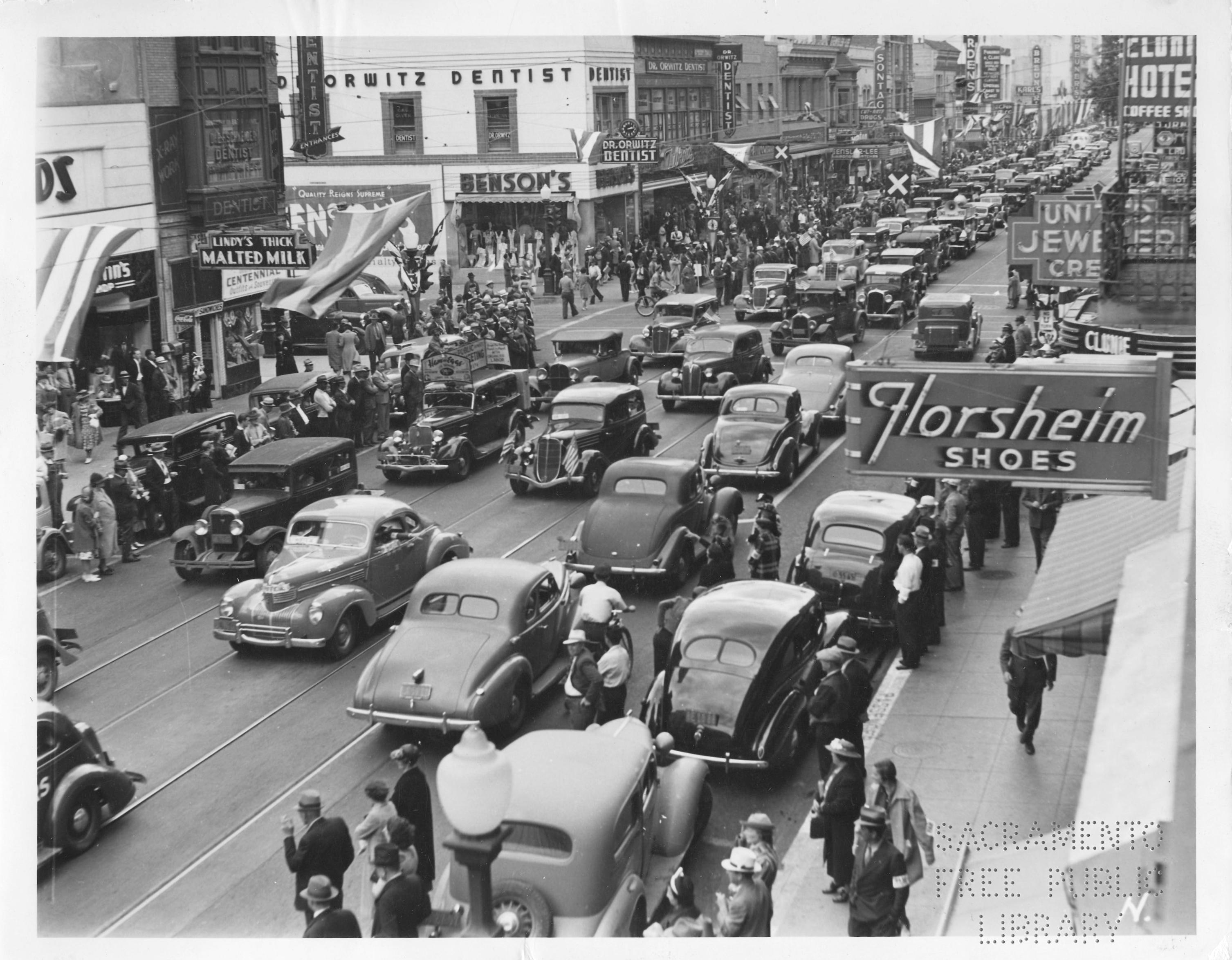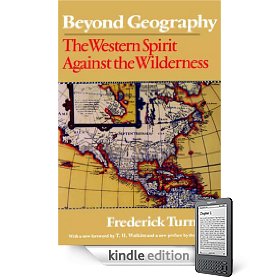
The current situation is America is fairly similar to the situation in the 1930s:
- Huge financial market instability
- Significant unemployment rate
- Strong need for new and upgraded infrastructure build out.
In addition, there is a lot of qualitative
similarity between the ideals behind the New Deal and the ideals today behind the push for "Sustainability". However, unlike today, The New Deal actually got done. This is because, the president back then, FDR, was actually able to excercise
leadership in contrast to what is happening today where only
"leadershit" is seen.
An important thinker that influenced the New Deal and other FDR policies was
Lewis Mumford . Mumford through a lot about the role of technology and the role of electricity in shaping society. He had three main ideals which have surprising relevance to the current epoch.
- Technics and Civilization: Promotes the liberating potential of hydro-electric power as an "inexhaustible" supply which would re-open the Western frontier and rekindle the frontier experience that "makes this country great".
This is similar, in ideological principle to the fervor for "Green Energy" sp that America is once again great (this seems to be important). Whether ideals produce a real paradigm shift remains to be seen.
- The Culture of Cities: Life in the over-industrialized and over-crowded cities of the East was de-humanizing. An opening of the Western Frontier would allow a return to a "pastoral" living community centered around regional river basin development, using dams as the principle means of development.
Ah, Birds Singing, Harmony, SunShine MoonBeam land. If we could only orchestrate Pastoral living around Wind Farms ...
- Palotechnic Era vs. Neotechnic Era: Palotechnic relies upon "coal and iron" and exploited finite fossil fuels that generated a "befouled and disorderly environment; the end product an exhausted one". Promotes: Private Owners = monopoly on energy resources. Neotechnic, in contrast, purified the social and ecological environment through "infinite" hydro-electricity. This promotes PUBLIC POWER = DEMOCRACY
Fossil Fues are evil (paleotechnic) while green energy is viewed as a more "democratic" way to provide Americans their required power
There are elements of these ideals that are very powerful and can help shape a better quality of life, if they
can be implemented in a scalable and fair manner.
However, a major difference between then and now is the
ability of the US Congress to implement ANYTHING. Back in the FDR administration, compromise was common because the main goal was to GET SHIT DONE. We have abandoned that goal altogether these days. No one
cares to do, just to be heard.

Its very important to understand the "frontier" metaphor and its historical context.
Frontiers represent initial barriers that we do not respect and which we eventually conquer or subdue.

Two Final Points:
- The 1930's Federally funded dam building effort essentially increased the nations hydroelectric output by a factor of 5-10 (much of this was Grand Coulee Dam). In principle, in the decade of 2010 to 2020 we could achieve a similar 5-10 factor increase in wind power (plus some concentrated solar power) relative to now. The problem, however, is even if that fractional gain were possible, in the end, it would result in only 7% of total US electricity consumption. Thus the scale now is much different than it was in 1930 and thus a greater commitment is required.
- By 1940, America was kind of a "green economy" as 35% of its total electricity came from a renewable energy source - hydropower and 75% of the entire Western US's electricity came from this source.
|


